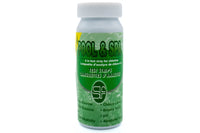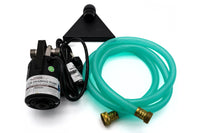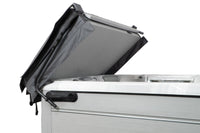Owning a hot tub is a lot of responsibility. If treated the right way, these machines can offer endless hours of entertainment and relaxation. However, if neglected, they can easily turn into a money pit. One of the easiest and most effective maintenance routines is testing the pH balance of the water. Hot tub water is a delicate substance; it has to be controlled and monitored often to avoid the buildup of bacteria and other forms of contamination. Adding chemical cleaners such as chlorine or bromine or installing an ozonator to eliminate harmful deposits is the most common hot tub task, but it is necessary for protecting your investment from potential ruin. The number one question that many hot tub owners ask is how often they need to test their water.
The fact of the matter is that there is no definite answer, although there are guidelines that need to be followed. Depending on how often your hot tub gets used and how many people are using it will be the determining factor for testing times, but you should never go weeks without doing so, even if your hot tub has sat idle. Bacteria can lie dormant in the water and present itself when the opportunity is ripe, which typically occurs as soon as chemical sanitizing agents have run their course. There is nothing worse than opening up a hot tub cover to find green water that is covered in algae and that smells putrid. To avoid this hot tub owners’ worst nightmare, here are some helpful tips for knowing when and how often to test the water.
When and how often should you test hot tub water?
- If you are using chlorine, bromine or a similar chemical agent for cleaning purposes, you will want to test the water every two days. The reason being that these substances tend to dissolve quicker than other cleaning systems like ozone (produced by installing an ozonator). For these applications, once a week tests will suffice.
- Take a sample of your hot tub’s water to a local hot tub dealer for testing and analysis purposes; they will be able to tell you exactly what is in the water and if there are potential bacterial threats present.
- Check the pH balance once a day; doing so is very important as this is what determines the toxicity of the water. You want the balance to stay between 7.4 and 7.6. If the number comes in higher or lower than this range, you will need to add the proper chemicals to bring it the safe zone.
- Test the calcium levels in the water once every two weeks; hard water can damage your hot tub’s filtration system and can act as a corrosive agent.
- Install a hot tub cover to keep debris out that can contaminate your hot tub’s water doing so will reduce the frequency with which you will need to perform routine tests as well.









